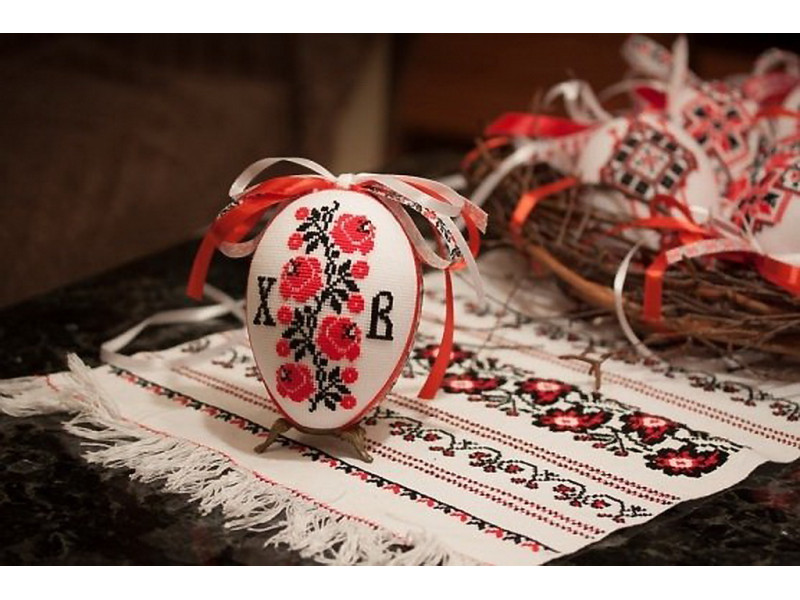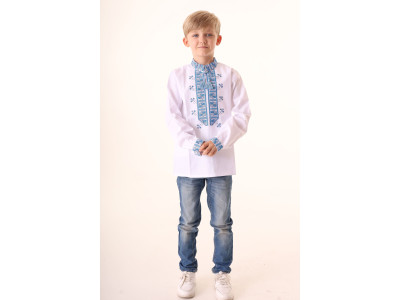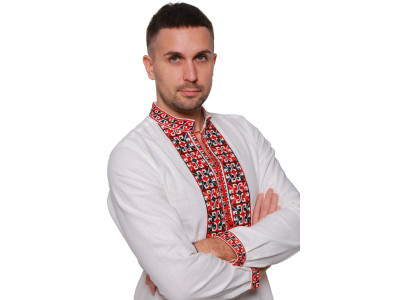With the arrival of spring, one of the greatest Christian holidays is approaching - Easter.
We all await this holiday with high spirits, hopes, and aspirations.
After all, this event — the Resurrection of Jesus Christ — is the foundation of faith that has changed the development and life of humanity. Everyone who honors this holiday receives hope for salvation, because Christ is risen.
It is customary to fill the Bright Resurrection with good deeds, bright thoughts, and joyful singing and mutual greetings: "Christ is Risen!" - "Truly He is Risen!"
In 2019, Orthodox Christians celebrate Easter on April 28. Ukrainian Catholics will celebrate the holiday a week earlier than the Orthodox — on April 21.
We suggest you find out together why the dates of the celebration differ and other interesting facts about Easter.

Holiday date
Usually, Orthodox and Catholic Easter are celebrated on different days, but sometimes it happens that both dates coincide.
The reason is that as a result of the calendar reform introduced in the 16th century, churches use different calendars: Orthodox Christians use the Julian calendar, and Catholics use the Gregorian calendar.
There is a single rule according to which Easter is celebrated on the first Sunday after the first full moon following the vernal equinox. However, if the first full moon falls on a Sunday, then Easter is celebrated on the following Sunday.
How long does the holiday last?
The resurrection of Jesus Christ is the most important event in all of human history.
According to church canons, the Easter period is the longest Orthodox holiday, and taking into account the Bright Resurrection, as well as the day of the Ascension of the Lord, it lasts exactly 40 days.
Throughout this time, people continue to celebrate the Resurrection of Christ, receive baptism, congratulate loved ones on Easter, and attend festive services in churches.
Easter greetings
The expression "Christ is risen!"—"Truly he is risen!" is very ancient.
According to legend, the Easter greeting "Christ is risen!" first came from the lips of an angel to the myrrh-bearing women who came to the Tomb of Christ on Sunday morning but did not find Jesus there. Then angels appeared and announced that Christ was risen.
The myrrh-bearing women decided to tell this news to the apostles, who had seen Christ, and therefore confirmed: "Truly He is risen!".
By the way, the greeting "Christ is risen!"—"Truly he is risen!" should be said forty days from Easter, until the Ascension of Christ.

"Holy Kiss"
Another of the oldest Easter rituals that has survived to this day is the ritual of Christening.
People greet each other with a "holy kiss" - kissing each other on the cheeks three times with the words: "Christ is risen" - "Truly he is risen!".
When people become Christians, they share the apostolic news of the Resurrection.
Why do they bake Easter cakes?
According to an ancient legend, after the resurrection, Jesus Christ came to the apostles during their meals. They left a free place for him and put a piece of bread on their plate.
Thus, the tradition arose to leave bread in the church on a special table on Easter Sunday, as the apostles did. The bread was then divided into small pieces and distributed to parishioners after the Easter service.
However, the essence is in the bread. Over time, this tradition has become firmly rooted in many homes. Every housewife began to bake a similar round bread in honor of the holiday.
The shape of the cylinder was also not chosen by chance. According to legend, the Savior's shroud was exactly like this.
Having Easter bread on the table during the Easter meal, we have the hope that the risen Lord is invisibly present in our home.
The custom of coloring eggs
The custom of coloring eggs is not only Ukrainian. This custom is known to all European peoples. Ukrainians gave it characteristic features, coloring eggs with ornaments inherent in Ukrainian folk culture.
According to legend, the first Easter egg was presented by Mary Magdalene to the Roman emperor Tiberius. When Mary came to Tiberius and announced the Resurrection of Christ, the emperor said that it was as impossible as a chicken egg being red, and after these words the chicken egg he was holding turned red. The custom of coloring and then breaking eggs symbolizes new life.

Easter eggs and Easter eggs
In Ukraine, painted eggs are divided into krashanky, pysanka, krapanka, malovanka and dryapanky (shkryabanky).
Easter eggs and Easter eggs are not the same thing.
Pysanky are raw eggs painted with beeswax and paints that are given to each other for Easter.
An Easter egg is a hard-boiled egg dyed in a single color without patterns (often in onion broth).
Another difference is that the Easter eggs were never broken, they were only exchanged.
The oldest Easter cake in the world
The oldest surviving Easter cake was made on Good Friday in 1821 by William Skinner, a baker. The family heirloom is preserved by 91-year-old London native Nancy Titman (William Skinner's great-great-great-granddaughter).
It is surprising that the Easter cake has not only not become moldy over so many years, but also smells fresh. It clearly shows the image of the cross that the baker made while baking. The Easter cake is stored very carefully, having allocated a place for it in a special box.

The largest Easter cake in Ukraine
But the largest Easter cake was baked in Ukraine in 2011, on the Bright Resurrection of Christ, by local residents of the village of Yalta, Donetsk region.
The giant Easter cake was 2 meters 30 centimeters high, 2 meters 10 centimeters in diameter. The weight of the Easter cake was a record 2 tons, or more precisely - 2100 kg.
It took over a ton of flour, about 7,500 eggs, and 280 kg of raisins to make the Easter cake.
This event was entered into the National Register of Records.
What are rabbits for?
These animals are characterized by their extraordinary fertility, so it is not surprising that people began to give each other Easter rabbits - a symbol of well-being and fertility.
This tradition originated in Germany in the 16th century, eventually spread throughout the Christian world and has survived to this day mainly among believers of the Western rite.
According to European tradition, the Easter bunny leaves a nest of colorful eggs as a gift for children on Easter. Children build their own nests in secret places and wait for Easter gifts from the bunny.
Initially, Easter eggs were carried by foxes, roosters, storks, and even crows. But the hare gradually supplanted all its "competitors" and became the favorite symbol of Easter in Europe and America.






Write a comment